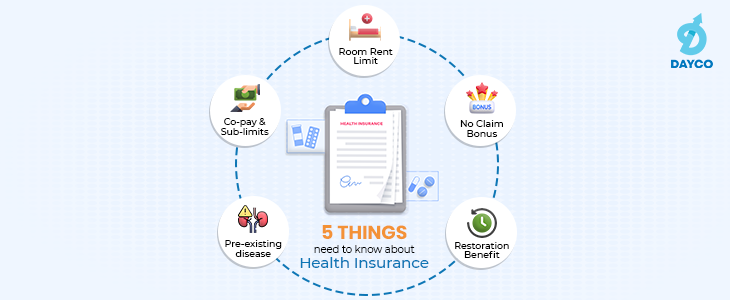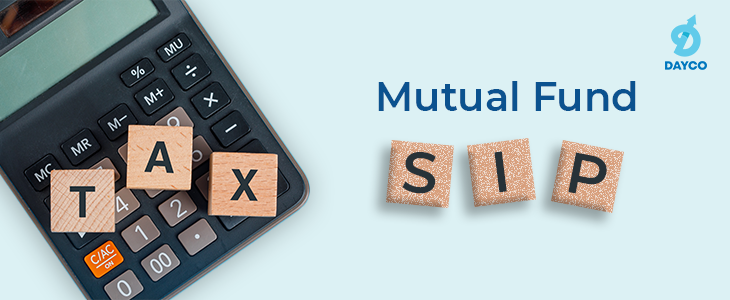Systematic investment plans (SIP) are one of the best ways for investors to start their journey in the capital markets. You can start small, make the most of market volatility, and grow your wealth gradually in the process. There is nothing not to love about SIPs.
In this week’s blog, we will look at how your systematic investments are taxed. By understanding the tax implications on your mutual fund investments, you will be able to make the most out of your returns by timing your investments and exits. To begin, the capital gains on the sale of your mutual fund investment can either attract a short-term capital gains tax or a long-term capital gains tax. What are capital gains? – the profit/loss you have made from your MF investments, i.e., the difference between the sale price and the purchase price in simple terms. The price means the mutual fund NAV (Net asset value).
What are the tax rates? The tax rates depend on the type of mutual fund you have invested in and the holding period. For taxation purposes, the funds are classified as either equity or non-equity. A fund that holds “on average” 65% or more of Indian equity (including arbitrage) in a financial year is classified as an equity mutual fund. All the rest are classified as non-equity.
What is the holding period? If you recall, you receive units of a particular fund when you make mutual fund investments. These are credited based on the SIP amount and the NAV applicable at the time of your purchase. The number of days you have held your units is the holding period. Tax authorities favor a higher holding period. It is seen as a long-term investment & attracts a lower tax rate depending on the type of fund. Coming to the crucial point, the holding period is used to determine whether your units are short-term or long-term. Tax laws have defined the holding periods applicable for equity and non-equity funds.
For Equity Funds: 12 Months
- Units held for less than 12 months: – Short-term
- Units held for more than 12 months: – Long-term
For Non-Equity Fund: 36 Months
- Units held for less than 36 months: – Short-term
- Units held for less than 36 months: – Long-term
Any capital gains made from the sale of long-term units will attract long-term capital gains tax, and for short-term units, it will be short-term capital gains tax. The tax rates are given below:
Equity oriented funds
- Short-term gains tax (STCG): 15%
- Long-term gains tax (LTCG): Gains up to 1 lakh is exempt. Gains above 1 lakh attract a tax of 10%.
All other funds
- STCG: Added to your overall taxable income and taxed as per your tax slab
- LTCG: 20% with indexation.
What is indexation? The indexation benefit helps you increase the purchase cost of your units using the cost inflation index to reflect the inflation rate during the holding period. It reduces your taxable capital gain and thereby the tax outgo.
Each of your SIP is a single investment. Therefore, the holding period for units received for each SIP purchase transaction is calculated separately. For instance, let’s take a monthly SIP running on the 15th of every month from March 2021 in a large-cap fund (equity-oriented scheme). That means a total of 13 SIPs have been made to date. If the investor wants to sell all the units today, only the SIP purchase on 15th march 2021 qualifies as long-term as it has completed 12 months, and LTCG tax will be applicable. The rest of the SIP purchases will be treated as short-term, and the short-term capital gains tax will be applicable. The FIFO method (First in, first out) determines the units to be redeemed. That means units bought first will be redeemed first.
The long-term capital gains from equity mutual funds were exempt from tax until 2018. The government introduced a 10% tax on long-term capital gains above 1 lakh for equity and equity-related instruments from 2018 onwards. However, a grandfathering relief was provided to taxpayers. The grandfathering date was set as 31st Jan 2018. Grandfathering is applicable for any equity mutual fund units purchased before 31st Jan 2018. Hence, in case of any units purchased before this date, the cost of acquisition (purchase NAV) of those units will be recalculated. To recalculate the NAV for your purchases before the grandfathering date, you will need the NAV for 31st Jan 2018 of the invested fund.
The adjusted NAV will be higher of:
- Original purchase NAV
- Lower of: NAV as of 31st Jan 2018 and the NAV applicable on sale.
How does going through this gruesome calculation or analysis helps you as an investor? Tax can eat into your returns, and you don’t want to make decisions that will decrease your post-tax returns. By understanding the tax implications on your mutual fund investments, you’ll think for the long-term and stay invested and also minimize your tax by structuring your redemption.
Thank you for reading till the end. Stay tuned for more blogs like these.
If you have a question, share it in the comments below or DM us or call us – +91 9051052222. We’ll be happy to answer it.
– Nischay Avichal
















